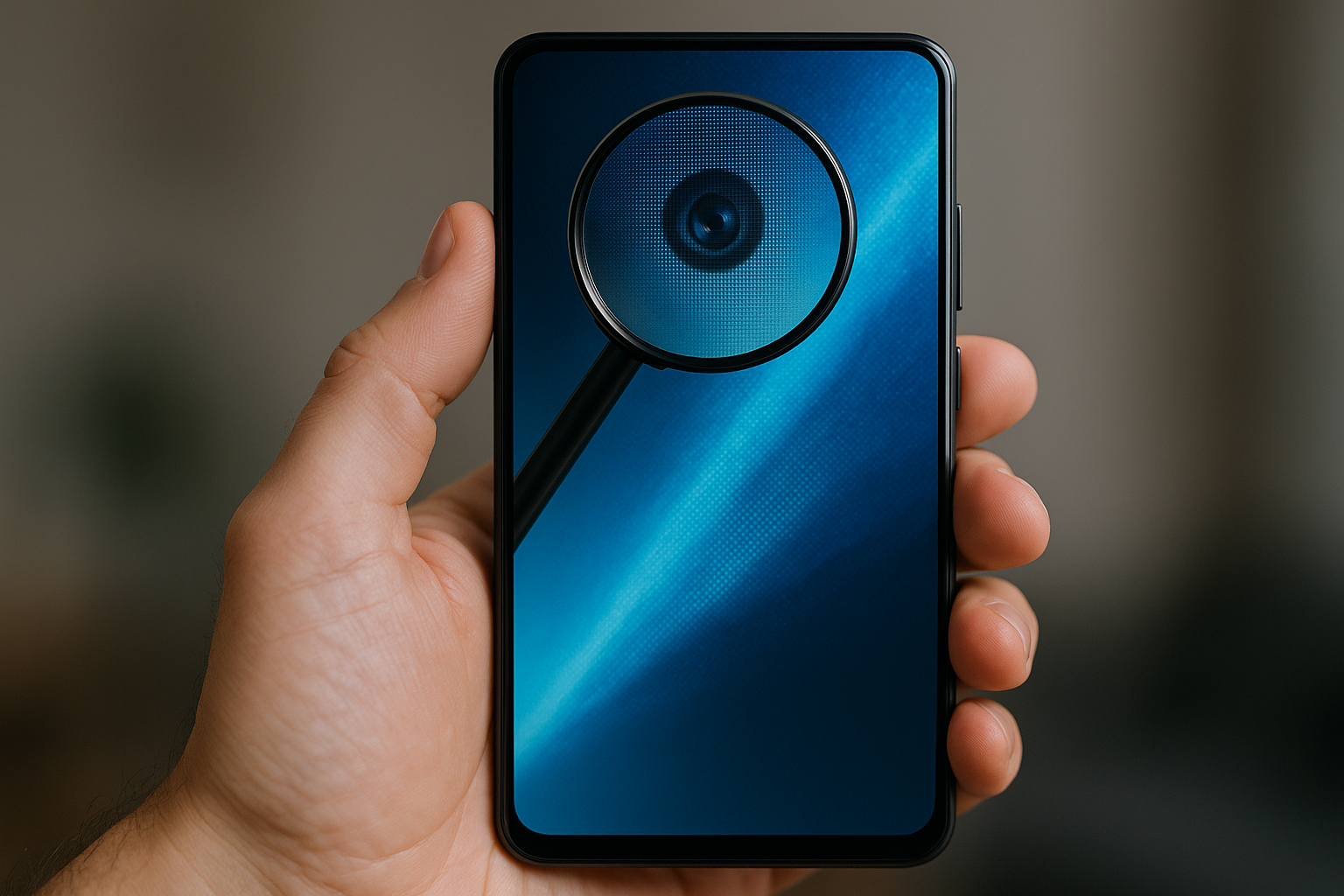Smartphones: Practical Guide for Choosing and Using
Smartphones have become central to daily life in the United Kingdom and worldwide, combining communication, work, photography and entertainment in a single pocket device. This guide explains key features to consider, how to match a model to your routine, and practical buying and service tips so you can make informed decisions when evaluating options from different brands and retailers.

What features matter most?
When comparing smartphones, focus on screen quality, processor performance, memory and storage, camera capability, battery life and software support. For display, OLED panels often deliver deeper contrast while LCDs can be more affordable. Processors and RAM affect multitasking and gaming, whereas storage determines how many apps, photos and files you can keep locally. Consider whether expandable storage or cloud options are important. Regular software updates and manufacturer support influence long-term security and functionality.
How to pick a smartphone for daily use?
Start by listing the tasks you use a phone for: calls, messaging, email, web browsing, navigation, and any specialised apps for work or hobbies. If you rely on a phone for work, prioritise models with reliable performance and secure management features. For light everyday use, mid-range devices can offer good battery and camera performance for a lower cost. Check compatibility with UK mobile networks, eSIM support if you prefer virtual SIMs, and physical size for comfortable one-handed use or portability.
Battery, performance and software updates
Battery capacity (mAh) gives an initial indicator of endurance, but real-world runtime depends on display brightness, background activity and wireless connections. Look for devices with efficient processors and software optimisations. Fast charging capabilities can reduce downtime, though longevity of battery health over years is influenced by charging habits. Equally important is the manufacturer’s update policy: devices receiving regular security and OS updates tend to remain secure and gain new features longer, which can improve total device value.
Cameras and media use
Camera systems vary from single lenses to multi-module arrays with wide, ultra-wide and telephoto options. Consider sensor size and image processing as much as megapixel count; these determine low-light performance and dynamic range. If social media, video calls or travel photography matter, prioritise optical stabilization and reliable autofocus. For media consumption, screen resolution and audio quality (stereo speakers, headphone jack or Bluetooth codec support) affect viewing and listening experiences. Storage and cloud backups are relevant when shooting large volumes of photos or video.
Security, privacy and accessories
Security features like biometric unlock (fingerprint or face recognition), hardware-based encryption and regular security patches help protect sensitive data. Review privacy settings for apps, location services and camera/microphone access. Accessories—cases, screen protectors, power banks and compatible wireless earbuds—can improve durability and usability. Check for warranty coverage and whether local repair services or authorised service centres are available in your area, as repairability and spare-part availability influence long-term ownership costs.
Buying options and local services
In the UK market you can buy smartphones from manufacturer stores, large retailers, mobile network carriers and independent local services. Compare bundled deals from carriers (contract vs. SIM-free) and examine return policies from online retailers. Ensure the model you choose supports the UK bands for 4G/5G and that warranty terms are clear for cross-border purchases. Local services such as authorised repair centres can assist with battery replacements and screen repairs; consider their availability if you plan to keep a device for several years.
Conclusion
Choosing a smartphone involves balancing performance, battery life, camera needs, software support and after-sales service. By clarifying how you use a device, checking network compatibility and understanding update and repair options in the UK, you can select a phone that fits both your technical needs and practical lifestyle considerations.




